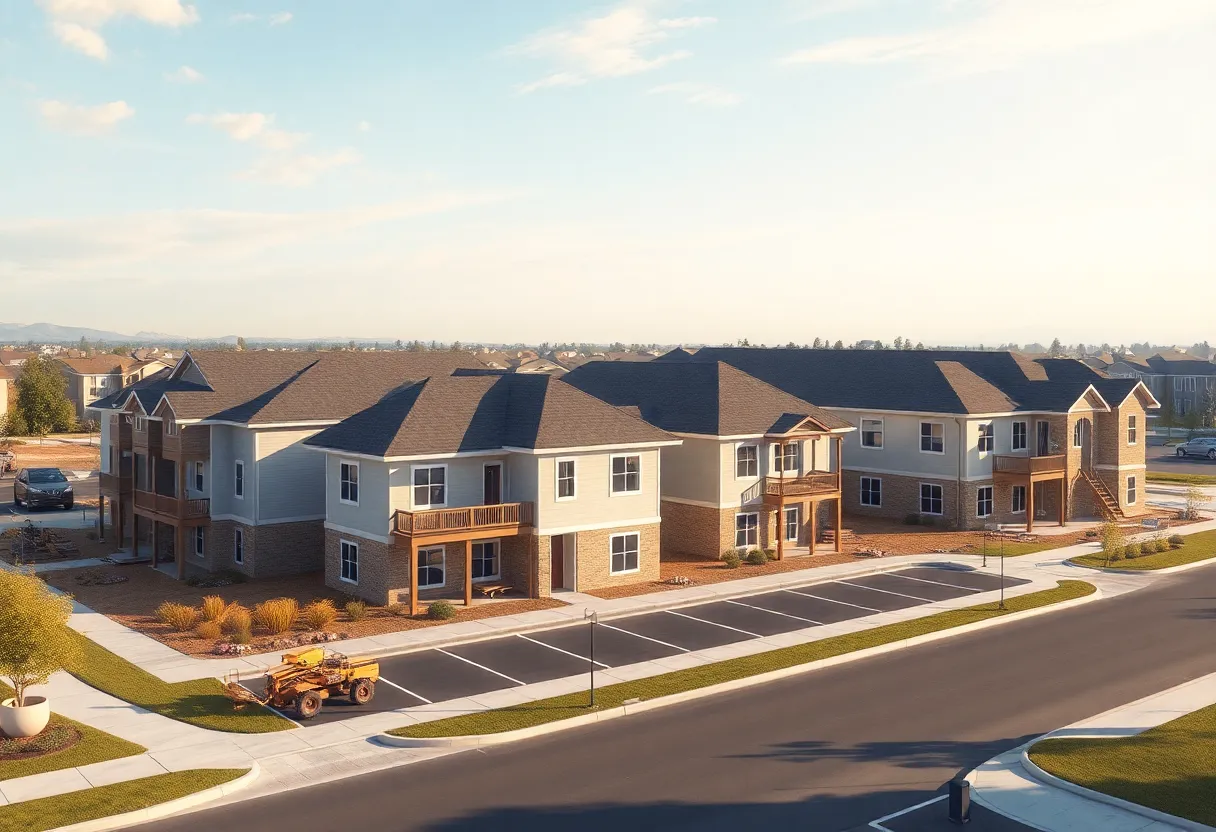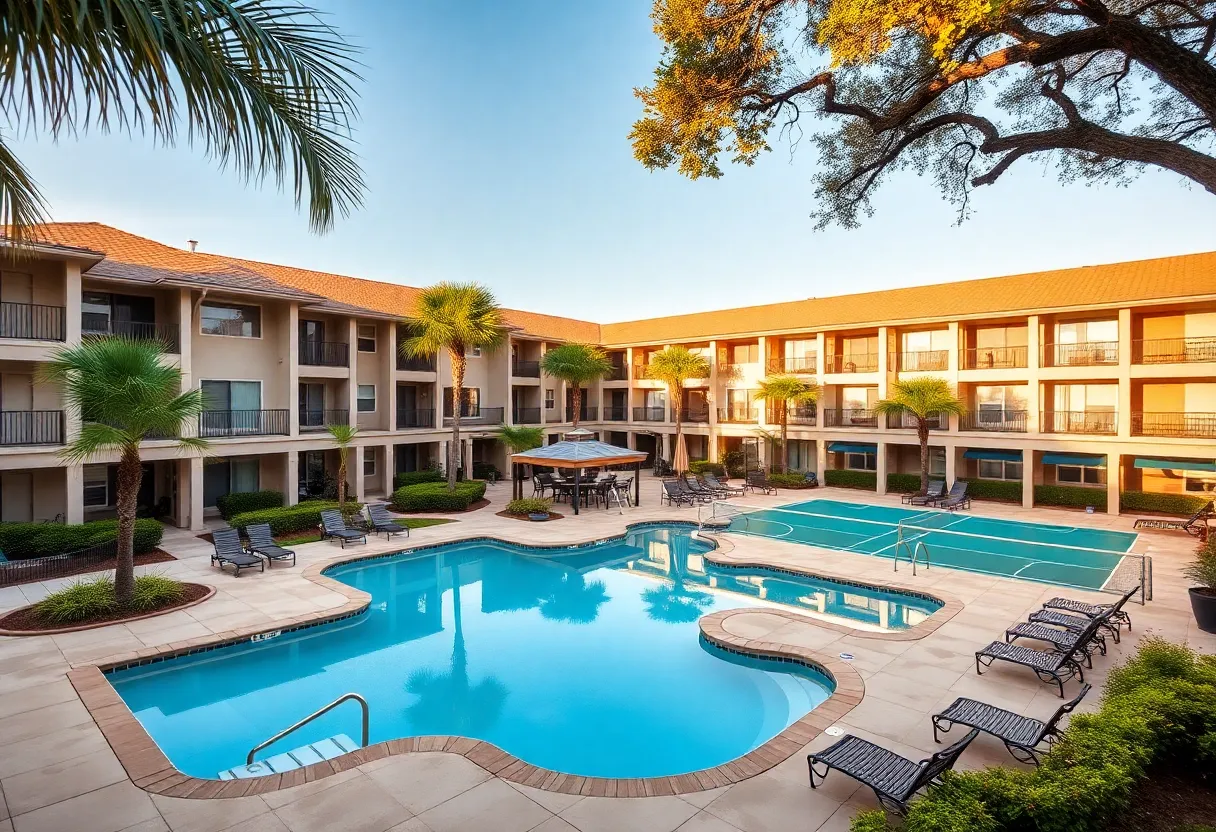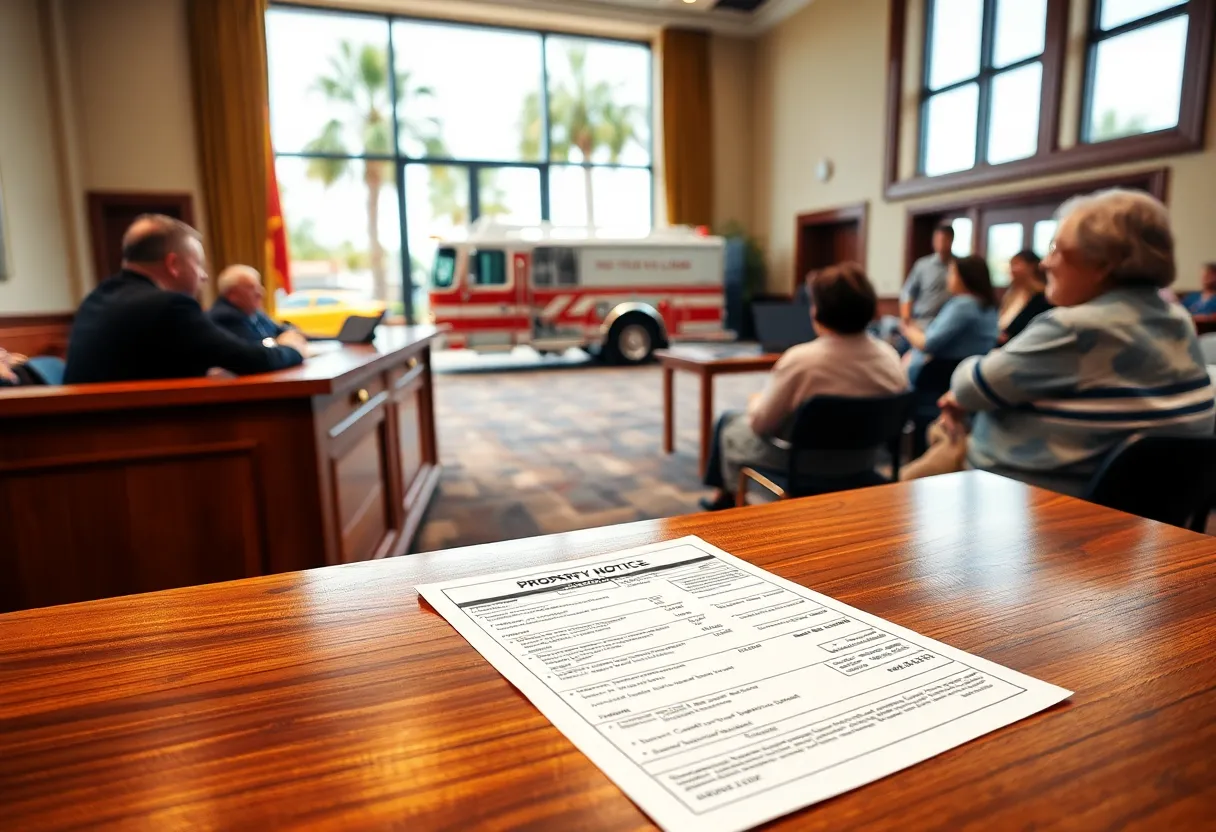Cabarrus County, North Carolina, August 28, 2025
News Summary
Cabarrus County seeded a $2 million Revolving Construction Loan Gap Fund to help nonprofits and social ventures finish affordable and workforce housing projects. Managed by a local housing nonprofit, the fund offers short-term, low-interest loans (1%–3%) to cover final construction gaps so projects can proceed. A Permanent Housing Committee of nonprofit leaders, developers, community members and lenders will review requests with technical support from a local bank. The fund is designed to revolve as loans are repaid and to grow with grants and donations, addressing a significant local housing shortfall amid rapid population and rent growth.
Cabarrus County launches $2 million Revolving Construction Loan Gap Fund to speed affordable and workforce housing
Cabarrus County has provided $2 million in seed money to create a new Revolving Construction Loan Gap Fund run by a local housing nonprofit. The fund is designed to provide short-term, low-interest loans that cover the final dollars needed to start or finish construction on affordable and workforce housing projects across the county.
How the fund works and who decides
The fund will operate as a revolving loan, meaning repayments are intended to replenish the pool so it can be reused. Loans are short-term and have low fixed interest rates set between 1% and 3%. By comparison, typical construction loan gap rates often range between 5% and 8%, so this offering aims to lower the borrowing hurdle that can stall projects.
Loans will not cover full project costs but will provide the critical last funds needed to proceed into construction. Loan applications will be processed through the housing nonprofit, and approvals will be made by a local Permanent Housing Committee composed of nonprofits, housing developers, community members and lenders. A regional bank will provide technical support to that committee. This committee-based approach is intended to give smaller organizations access to funding even when traditional lenders are reluctant to take a chance.
Local context and why the fund is needed
Cabarrus County is growing rapidly. Nearly 245,000 people now live in the county, and nearly half of the county’s population is concentrated in its largest city. That city has more than 112,300 people and saw an almost 7% population increase between 2020 and last year. Over the last decade that city has grown roughly 33%, making demand for housing intense.
A state-area housing supply analysis projects that between 2024 and 2029 the county will rank among the top 10 in the state for population growth and density. The same analysis estimates a countywide housing supply gap of more than 15,300 homes for sale and rent combined. For households at 80% of area median income or less, the shortfall includes an estimated 1,267 homes for sale and 2,691 rentals. For a family of four, 80% of area median income is below $89,750.
The county’s median household income is about $86,084. Roughly 27% of the county’s approximately 20,341 homes are considered cost-burdened, meaning those households pay more than 30% of their income toward housing costs. Average rents in the largest city are over $1,500, and recent data show year-over-year rental increases among the fastest in the state.
Existing and planned projects that could benefit
The housing nonprofit launching the fund recently completed a 26-unit townhome project of for-sale and lease-to-own homes in a central neighborhood. The group also purchased an old church building in 2023 to convert into a mixed-income project that will include community and artist spaces; construction is already under way. A downtown tiny-home village is also in development.
A local faith-based nonprofit is developing a larger Rebuilders Campus on about 10 acres at an early 1900s textile mill site. That effort aims to deliver transitional housing for residents moving out of crisis. The full campus is planned for 96 apartments to serve about 300 individuals, delivered in three phases. Phase one includes two 24-unit apartment buildings and a program center with day care. Phase two will add retail and commercial space to provide jobs and services, and phase three will add two more 24-unit buildings. The total project cost is estimated at $13.5 million with a multi-year buildout timeline.
Funding growth and application details
County seed funding is intended to start the fund. Organizers expect the fund to grow over time through loan repayments, additional government grants, private dollars and donations. Nonprofits and social ventures can apply for loans through the administering nonprofit. Technical banking support will be provided to the committee that reviews requests, and the fund’s design emphasizes timely decisions so construction can move forward when projects need the final financing.
What this means for residents
The fund targets the precise challenge that many local projects face: rising land and construction costs that push projects out of reach. By offering short-term, low-cost gap financing and a decision process tailored to mission-driven groups, the new fund aims to unlock projects that increase the supply of affordable and workforce housing across the county.
FAQ
Who can apply for a loan from the fund?
Nonprofit organizations and social ventures working on affordable or workforce housing projects in the county can apply.
What types of costs will the fund cover?
The fund is intended to cover the final gap in construction financing, not the full project budget. It is meant to move projects into construction when only a small funding shortfall remains.
What are the loan terms and interest rates?
Loans are short-term and carry fixed interest rates between 1% and 3%. Repayments are expected to replenish the revolving fund.
Who decides whether an application is approved?
A local Permanent Housing Committee composed of nonprofits, housing developers, community members and lenders will make approval decisions, with technical support from a regional bank.
How will the fund grow over time?
The fund may grow through loan repayments, additional public grants, private contributions and donations.
How does the fund address the local housing shortage?
By lowering short-term financing costs and filling the last funding gaps, the fund aims to help more affordable and workforce housing projects reach completion, adding needed units and options for households under 80% of area median income.
Key features at a glance
| Feature | Details |
|---|---|
| Fund name | Revolving Construction Loan Gap Fund |
| Seed funding | $2,000,000 from county |
| Loan type | Short-term gap financing |
| Interest rate | 1%–3% fixed |
| Typical market comparison | Construction gap rates often 5%–8% |
| Decision body | Permanent Housing Committee (nonprofits, developers, community members, lenders) |
| Technical support | Provided by a regional bank |
| Eligible applicants | Nonprofits and social ventures building affordable or workforce housing |
| County population | About 245,000 |
| Estimated housing gap | More than 15,300 homes shortfall (sale and rent combined) |
| Local median household income | About $86,084 |
Deeper Dive: News & Info About This Topic
Additional Resources
- Charlotte Observer: Cabarrus County launches $2M Revolving Construction Loan Gap Fund
- Wikipedia: Cabarrus County, North Carolina
- WSOC-TV: Cabarrus County launches $2M fund to boost affordable housing
- Google Search: Revolving Construction Loan Gap Fund Cabarrus
- Independent Tribune: Local coverage of Cabarrus affordable housing efforts
- Google Scholar: affordable housing Cabarrus County North Carolina
- The Charlotte Post: Charlotte region growth strains affordable housing stock
- Encyclopedia Britannica: Affordable housing
- WCNC: Cabarrus County organization seeking solutions to housing affordability
- Google News: Cabarrus County affordable housing





